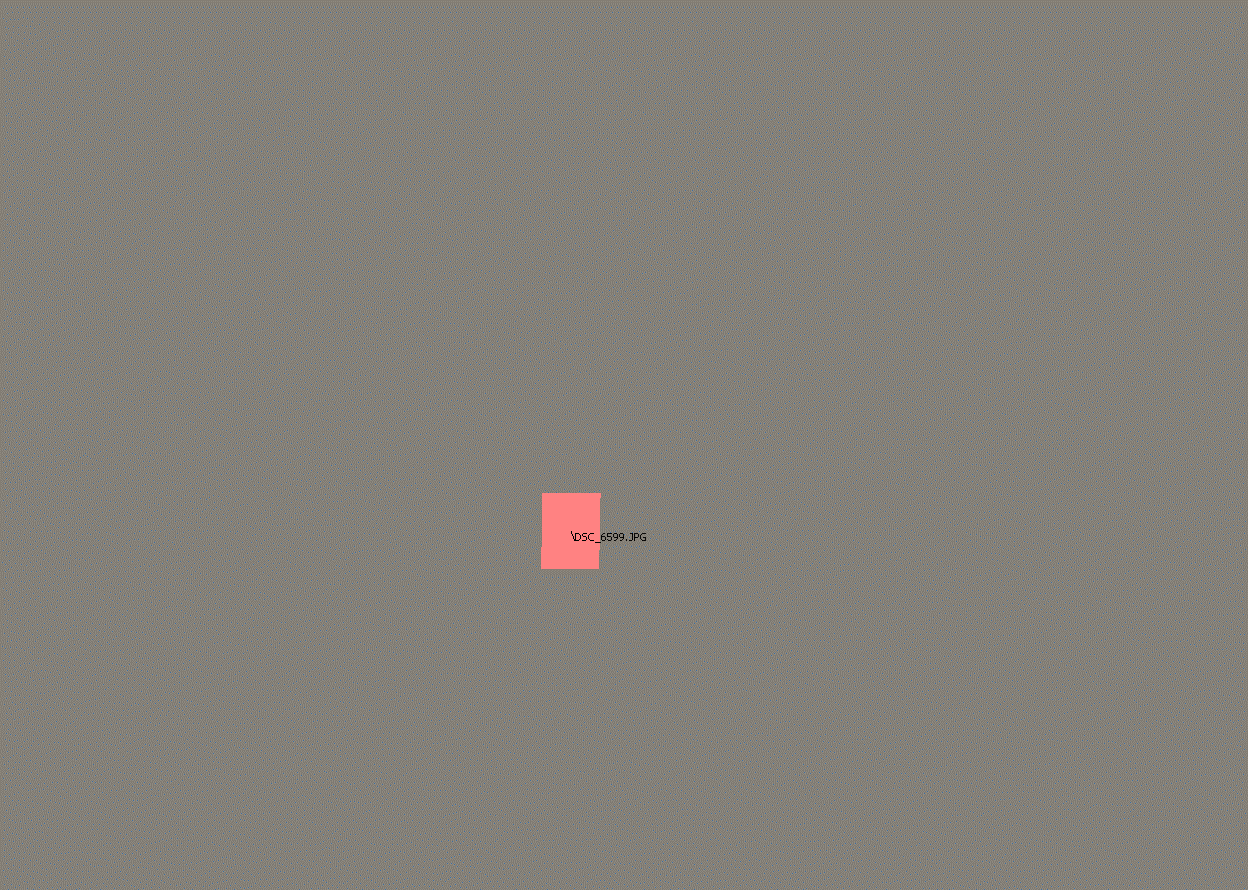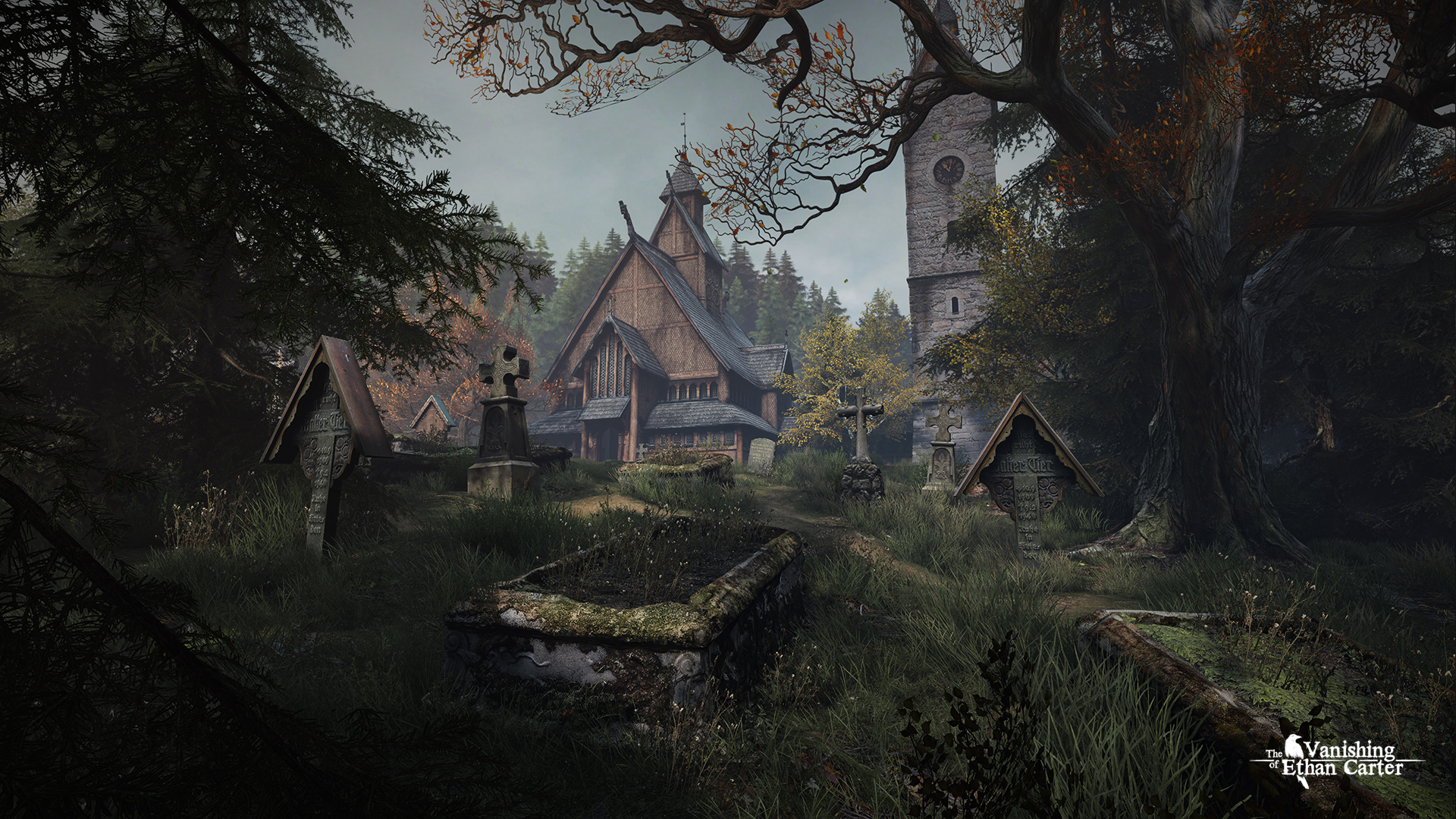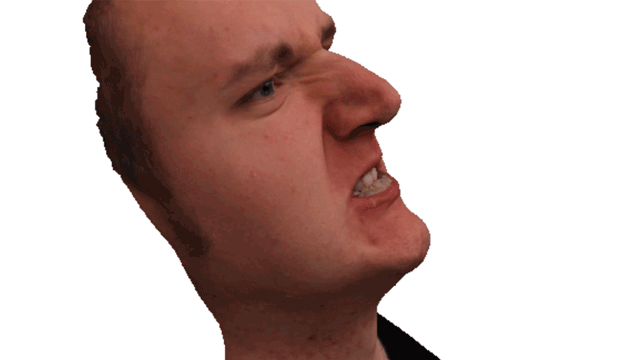Imaginary locations are great places to stage heart-stopping scream sequences. Nothing like being lost inside the bowels of a giant monster, an abandoned space station or the burning plains of hell for put the fear in you. But you know what else is really scary? The real world. In particular, that abandoned 7-11 off the highway where the weird noises come from. Oh, you’re going to act like you don’t hear them, too?
The Vanishing of Ethan Carter — made by the folks who created Bulletstorm — will be attempting to take a different, more grounded approach to horror and storytelling when it comes out. And the visual part of that approach will use a unique technology that pulls photographs inside the game engine for use by the creators at The Astronauts development studio. The tech sounds a lot like the kind being used for in-development shooter Get Even. Here’s head Astronaut Adrian Chmielarz on talking about the Photogrammetry process:


However, your brain does take notice when things are not normal. Like in video games. Even if on the unconscious level, your brain points out to you all those perfectly tiling textures, all those evenly worn-out surfaces, those stains placed in all the wrong places — and whispers in your ear: LOL!
With photogrammetry, we no longer create worlds while isolated from the world, surrounded by walls and screens. We get up, go out there and shot photos, lots of photos. And then some. Afterwards, a specialised software — we are usingPhotoscan from Agisoft — looks at these photos, and stares at them until it can finally match every discernible detail from one photo to same exact feature in other photos taken from different angles. This results in a cloud of points in 3d space, representing real world object. From there, the software connects the dots to create a 3d model, and projects pixels from photographs to create a texture.
Photogrammetry is incredible. I have been making games for 20 years, I have worked with amazing talented artists on huge AAA blockbusters like Bulletstorm or Gears of War, and you could say I am not easily impressed in the art department. But each new photoscan gets me. So much detail, so many intricacies, but most importantly, all of them just make deep sense. Cracks, stains, erosion — Mother Nature has worked a billion years on some of these assets, it’s almost unfair to expect comparable quality from artists who spend no more than few days on similar assets.
I walked by empty lots and hollow houses that looked like that church up above when I was a kid. Eroded by too many footsteps and then overgrown in the absence of the people it was built to serve. Mournful. Always knew Something Not Right was bound to happen there. A video game is about to prove me right. Check out more photogrammetry process shots below.
Boulder:
Cemetery statue:
Face:
Rock formation:
Waterfall:
Quarry wall:
Valley:

Comments
6 responses to “How A Horror Game Plans On Using The Real World To Scare You”
This + Oculus = Awesome!
not anymore…
You mean
This + Oculus + ads about renting scary movies = Adequate…I guess
Reminds me of the work Euclideon is currently working on after vanishing from the face of the gaming world
How do you manage the amount of textures required in-game?
So cool. I care a lot more about textures than I do shadows / filters etc 🙂